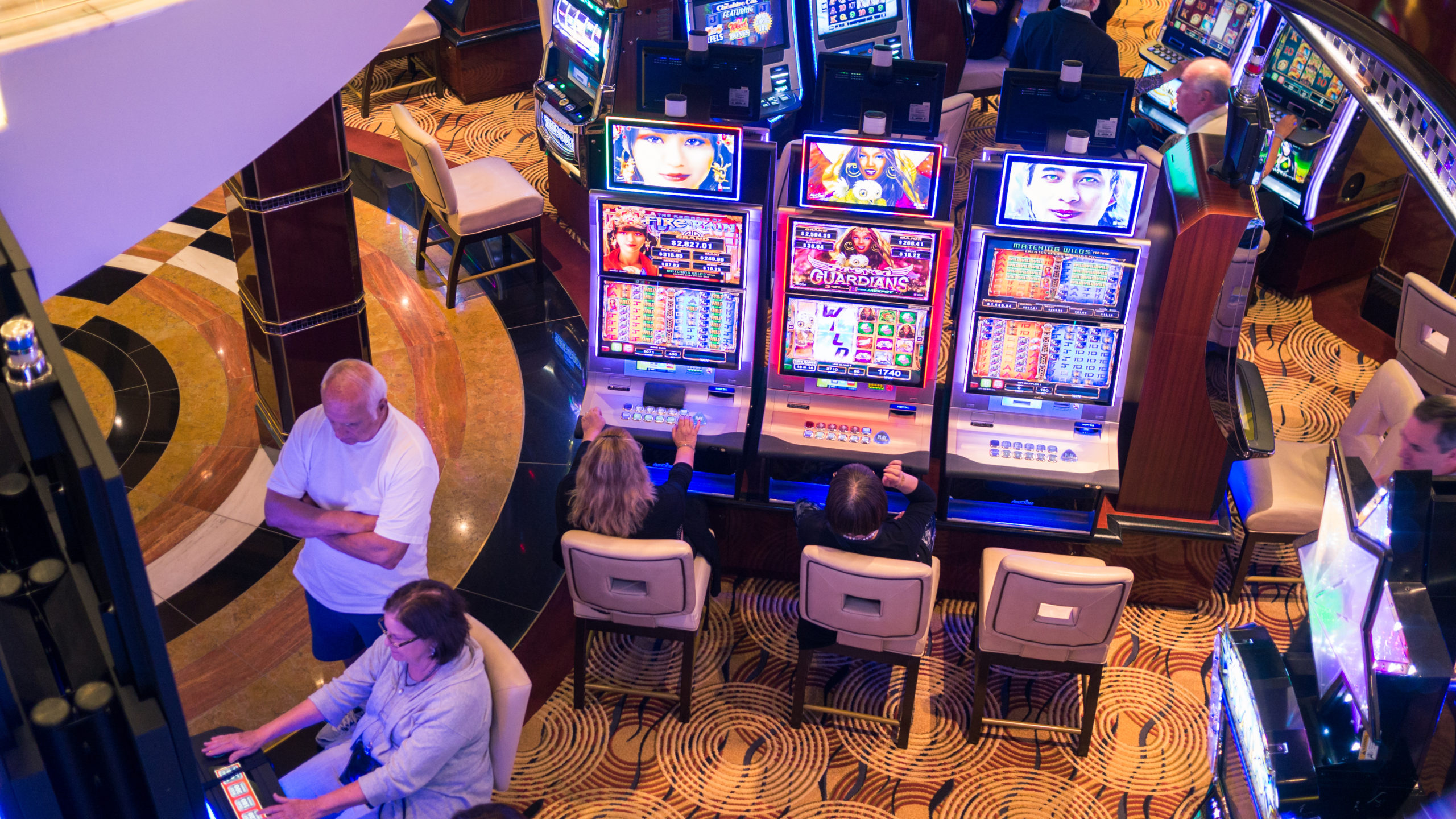Regarding slot machines, players frequently get enthralled by the shimmering lights, engaging themes, and the excitement of spinning the reels. But beneath the glitz and entertainment lies an critical concept that every player should understand: RTP, or RTP. 78WIN COM This crucial metric plays a significant role in influencing the return of your wagered money over time, influencing your gaming experience and strategy as you play.
RTP is commonly stated in percentage terms and represents the average amount of money returned to players compared to the cumulative wagers. For instance, if a slot game has an RTP of ninety-five percent, it means that, on the average, players get back 95 dollars for every 100 dollars wagered. Understanding this concept can help players make informed decisions when deciding on slots to spin, ultimately improving their overall casino experience.
What exactly the meaning of RTP?
Return to Player, commonly referred to as RTP, is a significant element in the realm of casino slots games. It represents the percentage of total bets which a slot machine is set to return to players in the long run. For example, if a slot has an RTP of 95%, this means that, hypothetically, players should anticipate to receive back ninety-five dollars for every $100 wagered during extended play. Grasping RTP assists players assess the likely returns of the various slots available.
RTP is not a promise of individual wins but instead it is an average calculated over many spins. Each player’s experience may differ significantly because of the chance inherent in slot machines. A higher RTP implies better odds for the player, thus making it a key consideration to take into account when selecting which slots to play. Still, even with high RTP, there can be periods during which players experience losses, since chance plays a significant role.
It is important to note that various slots have different RTP percentages. Some slots may have a reduced RTP because of a high level of enjoyment or unique features, while others keep a elevated percentage to draw in more risk-averse players. Understanding RTP enables players to form educated decisions about their gambling strategies and oversee their funds efficiently while relishing the excitement of slot machines.
The Way RTP is Being Determined
A Return to Player, or Return to Player, represents a critical measurement within the world pertaining to gambling slots games. It denotes the ratio from total bet money which a gaming device is expected to return to players over time. Understanding how RTP is calculated demands understanding into the dual aspects of the game’s architecture as well as its payout structure. This RTP is calculated via intricate algorithms and data evaluation executed in the course of the slot machine creation process. Slot creators consider multiple factors, including the likelihood of winning combinations and the amount of payouts on every combination.

In order to compute RTP, developers model a significant quantity in terms of rotations on the game. Such modeling efforts help determine how much typically, a player is likely to earn according to their wagers. For example, if a slot game has an average return of 95 percent, it suggests that, theoretically, for every $100 bet, gamblers can expect to get ninety-five bucks in return in the long term. That figure does not indicate the amount a player might receive during a single session and over a couple of plays; instead, it shows overall return projections.
RTP values tend to be generally published from the casino and slot creator. Gamblers should consistently seek out such information when choosing a casino slots, as it has the potential to affect their overall enjoyment. A greater RTP usually means a higher chance of winning back a segment of wagered money, although individual sessions may differ greatly. Understanding this concept can help gamblers to choose wisely while improve their overall enjoyment in the realm of slot games.
Importance of Return to Player in Gaming
Understanding the Return to Player or RTP is important for any gamer involved in gambling on slots. RTP is the proportion of wagered money that a slot machine is engineered to return to gamers over time. A greater RTP means that gamers can expect receiving a bigger portion of their wagers back, making it an important factor for those seeking to enhance their gambling enjoyment. Knowing this number aids gamers make smart choices about which slots to play, as it can profoundly affect their chances of winning.
Additionally, Return to Player plays a crucial role in the overall fairness and clarity of slot games. Gamers are often drawn to slots with higher RTP percentages because they provide a superior opportunity of winning over the long term. Gaming establishments and software creators use Return to Player as a marketing tool to attract players, ensuring they maintain a lead in the thriving gambling industry. By understanding of Return to Player, gamers can select slots that align with their comfort level and objectives.
Ultimately, the concept of Return to Player promotes safe gambling behavior. By understanding that not all games will provide immediate returns and that RTP is based on long-term play, gamers can regulate their expectations and playing habits effectively. https://78win.tv/ This knowledge enhances the enjoyment of slot games while promoting a more sustainable gaming environment. Players who grasp the significance of Return to Player are likely to have a better time and reduce the risks of gambling issues.
